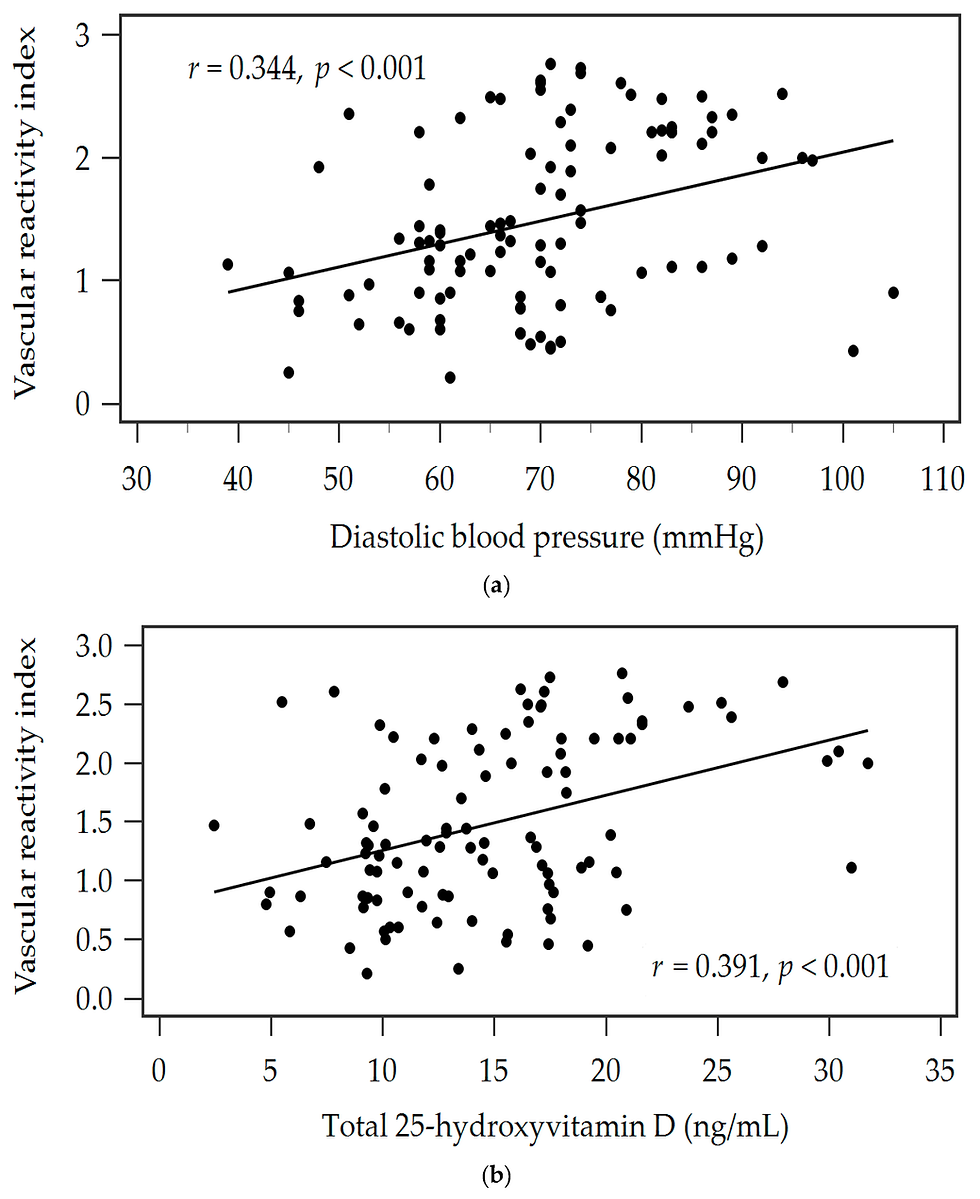Endothelial function, arterial stiffness and heart rate variability of patients with...
- heartlung
- Jan 20, 2023
- 2 min read
Endothelial function, arterial stiffness and heart rate variability of patients with cardiovascular diseases hospitalized due to COVID-19
Heart Lung 2023 Jan 2;58:210-216.
Cláudia Regina da Silva Araújo, Juliana Fernandes, Débora Sidrônio Caetano, Ana Eugênia Vasconcelos do Rêgo Barros, Juliana Andrade Ferreira de Souza, Maria da Glória Rodrigues Machado, Maria Inês Remígio de Aguiar, Simone Cristina Soares Brandão, Shirley Lima Campos, Armele de Fatima Dornelas de Andrade, Daniella Cunha Brandão
Abstract Background: The novel coronavirus disease (COVID-19) may cause vascular (e.g., endothelial dysfunction, and arterial stiffness), cardiac, autonomic (e.g., heart rate variability [HRV]), and systemic inflammatory response via direct viral attack, hypoxia-induced injury, or immunological dysregulation, especially in those patients with pre-existing cardiovascular diseases (CVD). However, to date, no study has shown prevalence of endothelial dysfunction, arterial stiffness and heart rate variability assessed by bedside peripheral arterial tonometry in patients with previous CVD hospitalized in the acute phase of COVID-19.
Objective: This study aimed to assess the prevalence of endothelial dysfunction, arterial stiffness, and altered HRV in patients with CVD hospitalized due to COVID-19.
Methods: This cross-sectional study was conducted from July 2020 to February 2021. Included male and female adult patients aged 40 to 60 years with previous CVD and diagnosed with COVID-19. Anthropometric data, comorbidities, and blood tests were analyzed. Endothelial function, arterial stiffness, and HRV were assessed using peripheral arterial tonometry (PAT), and the statistical significance was set at 5%.
Results: Fourteen (51.8%) patients presented endothelial dysfunction (reactive hyperemia index = 1.2 ± 0.3) and enhancement in the high-frequency component of HRV (p < 0.05). There was a high prevalence of endothelial dysfunction, especially in patients with chronic heart failure (10 (71.4%)). Patients with preserved endothelial function showed a high augmentation index normalized to a heart rate of 75 bpm (p < 0.01), suggesting arterial stiffness.
Conclusion: Patients with CVD hospitalized due to COVID-19 presented endothelial dysfunction assessed using PAT, which could be used as a biomarker for arterial stiffness and altered HRV. The possibility of detecting vascular and autonomic changes during phase II of COVID-19 may help to prevent possible long-term complications.
Keywords: Cardiovascular disease; Coronavirus infections; Endothelium; Vascular stiffness.
Read Full Text Here: https://www.heartandlung.org/article/S0147-9563(22)00303-X/fulltext
Copyright © 2022. Published by Elsevier Inc.



![Lipoprotein(a) levels predict endothelial dysfunction in maintenance hemodialysis patients: evidence from [VENDYS] vascular reactivity index assessment](https://static.wixstatic.com/media/dac531_5285607cc591409a9d83746f042af7c6~mv2.png/v1/fill/w_980,h_980,al_c,q_90,usm_0.66_1.00_0.01,enc_avif,quality_auto/dac531_5285607cc591409a9d83746f042af7c6~mv2.png)
Comments